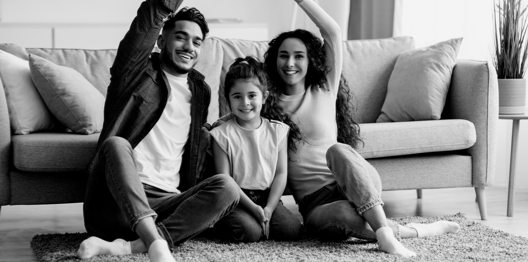Last Week in Review: Fed Raises Rates and Home Loan Rates Improve

This week, the Federal Reserve raised the Fed Funds Rate by .50%, the smallest hike in over 6 months, and in response, home loan rates improved. Let's discuss the seemingly odd market reaction and what to watch in the week ahead.
"We've covered a lot of ground, full effects of tightening yet to be felt" - Fed Chair Jerome Powell - 12/14/22
This line from the Fed Chair's press conference highlights the Fed's action of smaller rate hikes as we approach what is the "terminal rate" or peak in the Fed Funds Rate.
The Fed Chair also reiterated that while the Fed is doing a smaller hike it is going to take time for the previous hikes to tamp down inflation pressures and elevate unemployment. And they will stay the course until the job is done.
Fed's Summary of Economic Projections
Every three months, the Fed revises its outlook on economic growth, inflation, unemployment, and the Fed Funds Rate. What does the Fed think about 2023, and what has changed since September?
The Fed now sees the economy growing by just .50% in 2023, well below the 1.2%, they forecasted 90 days ago.
On inflation, the Fed expects their favored measure, The Core PCE, to come in at 3.5%, above their previous estimate of 3.1%.
Unemployment is expected to be 4.6%, higher than the 4.4% they previously expected.
3.46%
It's a good time to remember that the Fed controls the Fed Funds Rate, which is an overnight lending rate, and their hiking activity has no direct correlation to home loan rates.
Long-term Treasury rates, like the 10-yr Note, move higher if the economy can absorb the Fed rate hikes. Seeing the 10-yr Note yield at 3.46% after the Fed raised the Fed Funds Rate to 4.50% tells us the bond market feels the slowing economic conditions are not supportive of higher rates and the Fed will have to change course at some point.
Bottom line: Home loan rates are at the best levels since September. Couple this with sellers eager to make deals and you have the recipe for an opportunity for nimble buyers.




 This week, Fed Chair Jerome Powell spoke, and interest rates touched the lowest level in almost 3 months. Let's discuss what happened and look into the week ahead.
This week, Fed Chair Jerome Powell spoke, and interest rates touched the lowest level in almost 3 months. Let's discuss what happened and look into the week ahead.





